Complete Starter Guide to Teaching Kids Coding : Even When You Don’t Know How to Code
Complete Starter Guide to Teaching Kids Coding : Even When You Don’t Know How to Code
There are youngsters from different parts of the world who, through programming, have amazed everyone within the latest years. There is Samaira Mehta, a 10-year-old CoderBunnyz girl from California who came up with a board game that aims at training children to code. It has been adapted in various schools and coding camps all over America. Likewise, a 5-year-old boy from Canada named Tanmay Bakshi became one of the youngest developers of artificial intelligence at the age of 13.
These young trailblazers give a simple illustration of how early coding education can go. In fact, teaching kids how to code, especially for parents or educators with no coding experience is not as hard as one might imagine. Coding helps develop problem-solving, computational thinking, logical thinking, and creativity factors which are useful in any course of future business for these youngsters.
Fortunately, there are many applications and intuitive interface in computer science created specifically for new learners with the intention of making code learning entertaining for children. Now that we have seen the importance of coding for children and the need for it, let us proceed to learn how you can teach coding to kids even if you have no coding experience at all.
What is Coding?
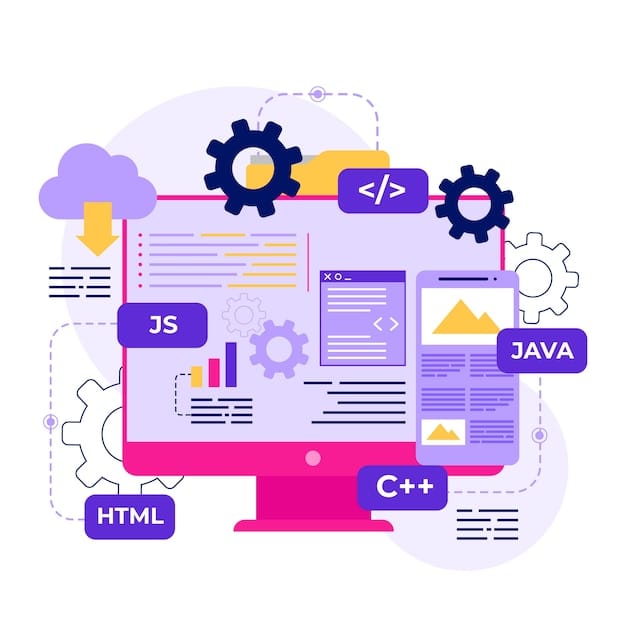
Quite simply, Coding is the assignment of instructions to a computer (in short computer programming) in order to make it do particular work. It is like just informing a robot of what you want done and how it is to be done. For children coding is not just restricted to typing numerical and alphabetical combinations rather it is creative problem-solving and logical thinking.
Coding, as we can all see, helps to develop skills in breaking large tasks into subtasks and finding ways how to solve them. It is able to be shown as a block in Scratch where children use colorful blocks to construct programs and text as in Python where children write out instructions. Both methods (discussed in a sub-section in this blog) take creativity as well as computational thinking and make coding an enjoyable process.
The Importance of Learning Coding Languages
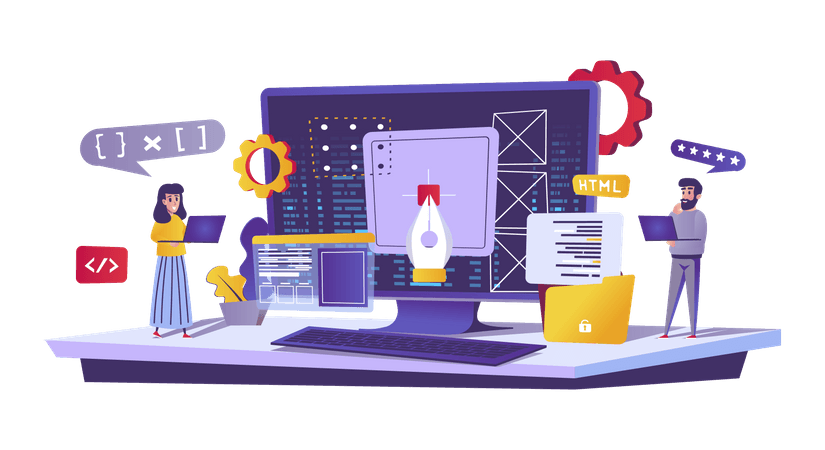
Programming is a common necessity in the modern world and holds many features that are beneficial in various sectors and disciplines. This enlightens logical thinking, and creativity by assisting people to come up with solutions to problems, automates tasks even makes individuals go for tech-related careers.
There are many benefits of early coding education for learners such as:
Expansion of critical mental skills,
Problem-solving, and
Teamwork
In addition, practicing coding strengthens endurance because of the experimentation as students practice for a world consumed with technology. These coding skills will become mandatory in almost every field, including healthcare, engineering, arts, and a long list of other professions as the value of the digital economy increases.
How Coding Relates to Everyday Life
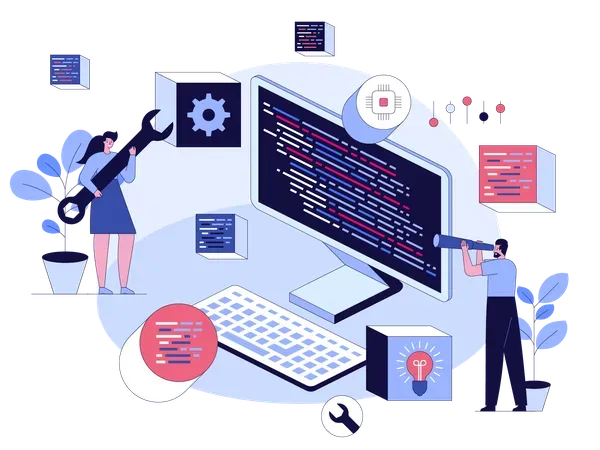
Coding controls almost all interfaces we deal with on a daily basis: mobile devices, applications, web pages, household appliances, and many others. These are crucial skills because they give people the knowledge of how different software impacts routine functions such as managing finances, using applications to organize work, or even programming household appliances through smart technologies. In Coding, people were enable to seek solutions to various scenarios in life, increase efficiency, and come up with new ideas.
Automating the management of household devices through the Internet of Things or designing simple websites or applications, coding turns the passive consumer of technology into an active creator, this is why coding and understanding of computer science is essential in the modern world.
Curriculum Recommendations
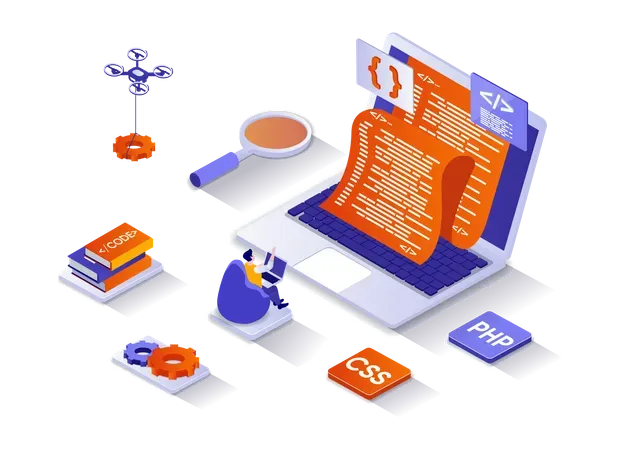
For young children, it is even necessary to preselect the coding platforms based on the child’s age and capabilities. Here are age-appropriate coding languages curriculum recommendations:
Ages 5-7 (Beginners): ScratchJr and Code.org offer an excellent starting point for young learners because they present block coding as a simple and visual activity connected with interactive storytelling.
Ages 8-12 (Intermediate): The two more complex block-based interfaces to learn coding are Scratch and Blockly which allow the kids to create simple games and animations. On Code.org, an Elementary School Course on computer science is also offered, and key problem areas like loops, conditionals, and an algorithm are taught.
Ages 12+ (Advanced): Sites such as CodeYoung and Tynker provide a more guided teaching of text-based programming languages such as Python and JavaScript for younger kids with projects that fall under game, robotics, and web designing among others
Essential Skills for Young Coders
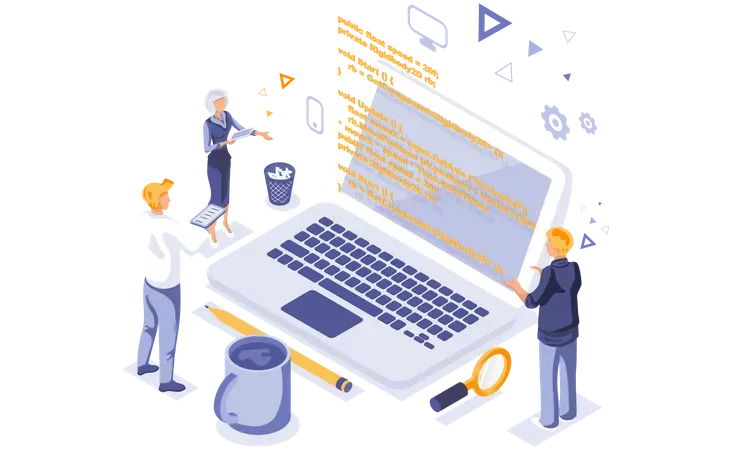
Young coders need to develop a set of core skills to succeed in coding:
Problem-Solving: One of the most important lessons that a programmer acquires is how to look at problems in terms of solving them through feasible procedures.
Logical and Critical Thinking: Coders have to write code while constantly applying logic and work step by step when designing a program that will run effectively.
Creativity: Coding improves the attention span of kids and their ability to develop own games or applications to find a solution.
Persistence: Additionally, young coders should get used to receiving trial and error when trying to debug applications and persevere.
Collaboration: Most coding projects involve group work which can equip kids with the best approach when it comes to conveying ideas.
Structured Learning Paths
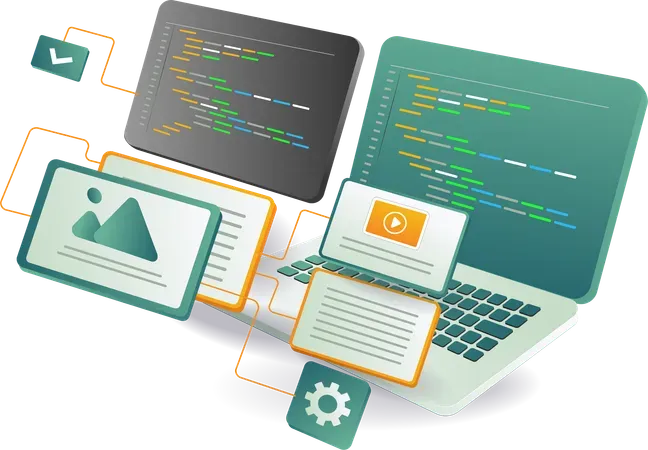
Properly planned learning structures guide young coders for planned career paths, so they are not lost in the haphazard of the resources available. There are activities on platforms such as Code.org and Scratch whose lessons are arranged in sequences; where the first lessons likely teach loops and conditionals before getting to functions or object-oriented programming.
There are programs like Tynker and CodeYoung that follow this pattern, thus, they have separated different levels based on the kid’s age, so young kids start with blocks and then switch to letters.
What Are Some Examples of Coding Concepts I Will Need to Learn and Understand?
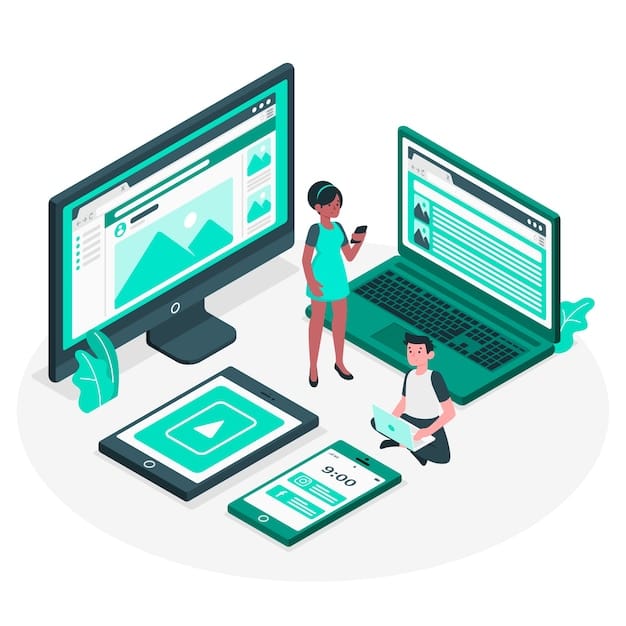
Here are some basic coding concepts, explained in simple terms:
Loops: This means that through the use of loops, you can give a set of commands several iterations at once. Think about telling your child to take a broom and clean his room every day—loops help you to set up relaunches.
Conditionals: These are similar to the ‘if-then’ statements disciplines. For instance “If it is sunny you should put on a hat.” In coding, conditionals allow the program to make decisions depending on certain conditions that have occurred.
Functions: Functions are like recipes. They combine specific directions of a given activity. In this case, you can use a function anytime you need a specific task done, which saves a lot of work.
Variables: One may define variables as receptacles of data such as a name or a number that you may alter or employ in a program.
By learning these coding and computer science concepts as early as now, both the children and parents will have something to build on for even more complex coding. They educate them in reasoning and decision making which is important in many aspects of our daily lives.
Fundamental Programming Concepts: Algorithms and Flowcharts

Algorithms: An algorithm is first and foremost, a recipe. Essentially in math problems, roadmaps, and cake making everything requires following small steps to the letter. In coding, algorithms can efficiently berth large and difficult problems and convert them into manageable ones.
For instance, when developing an algorithm on how to tie your shoes, the steps would be ‘take one of the shoes’ lace,’ ‘cross the two ends” and ‘tighten.’ This clarity helps to make certain that computers can perform the steps in the same manner as prescribed since they can only be commanded by humans.
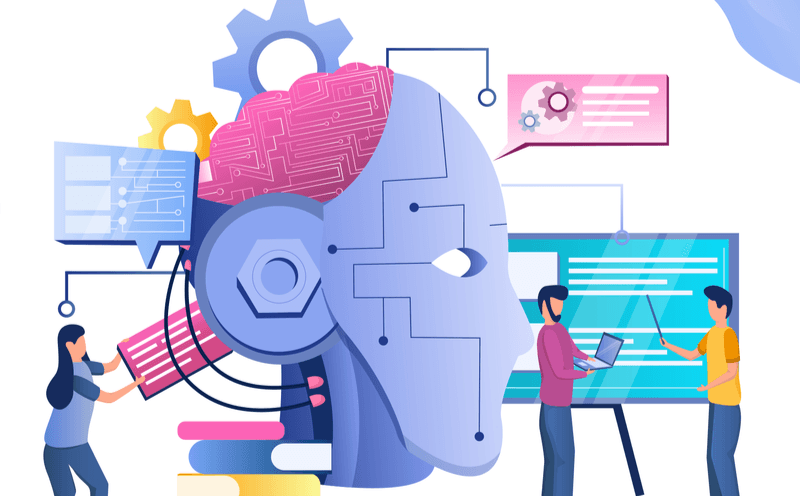
Flowcharts: Different algorithms are represented by flowcharts which are basically charts that represent sequences. Filled in a certain way they use specific shapes:
Action shapes are rectangles such as ‘turn on the oven,’
Decision shapes are diamonds such as Is the oven preheated?
A diagram of this kind allows a coder (or a learner, for that matter) to grasp the entire process simultaneously, allowing for the detection of problems in the logic or organization. For instance, if an instruction is mis-sequenced or missing completely, the flow chart notes this ahead of coding proper.
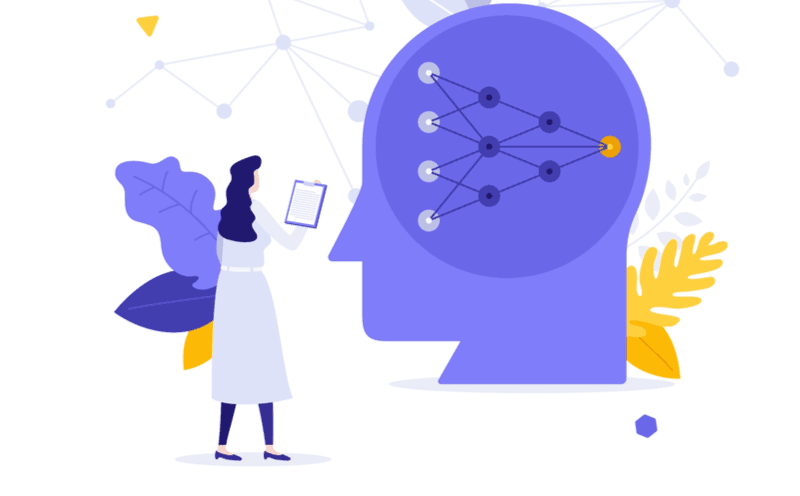
To the young coders, knowledge of algorithms and flowcharts is the bedrock of solving real-life problems. Computing makes them learn how to approach problems systematically as well as in a logical way.
On the other hand, flowcharts give them a clear sketch of how the tasks should be performed eliminating confusion. These skills translate beyond coding: algorithms enhance the efficiency of problem solving and on the other hand, flowcharts enhance understanding of complex work.
Data Structures for Kids
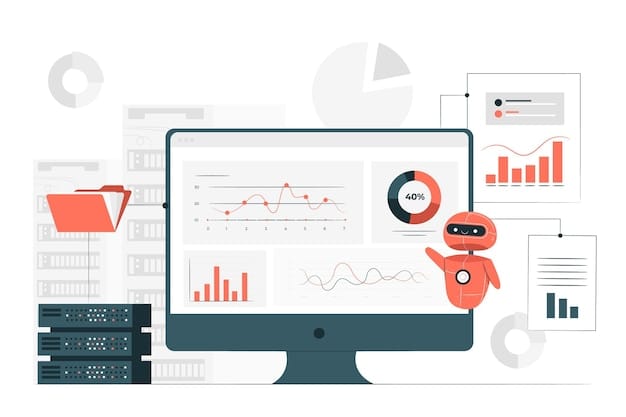
Data structures are shapes or forms in which data is put or arranged for efficient ease in a program. To make the study of basic data structures easy to grasp for kids, so then kids are able to associate the structures with everyday items.
For instance, the array is a list of products, for example, a shopping list with each product put in a certain order. A dictionary is much like a phone book – each entry corresponds to an individual’s name and his or her phone number. Introducing such concepts to the children through graphical code applications such as Scratch or Blockly makes them realize how data is stored and processed almost at the drop of a hat.
When students move to text-based coding, it becomes necessary to introduce fundamental data structures such as arrays and dictionaries to improve the efficiency, scalability, and reliability of the code written in Python or JavaScript. Let's understand the difference between block-based and text-based coding in the upcoming section.
Visual Block Coding versus Text-Based Coding
Visual Block Coding for example Scratch and Text Based Coding for example Python are two different ways of programming, each appropriate for different ages.
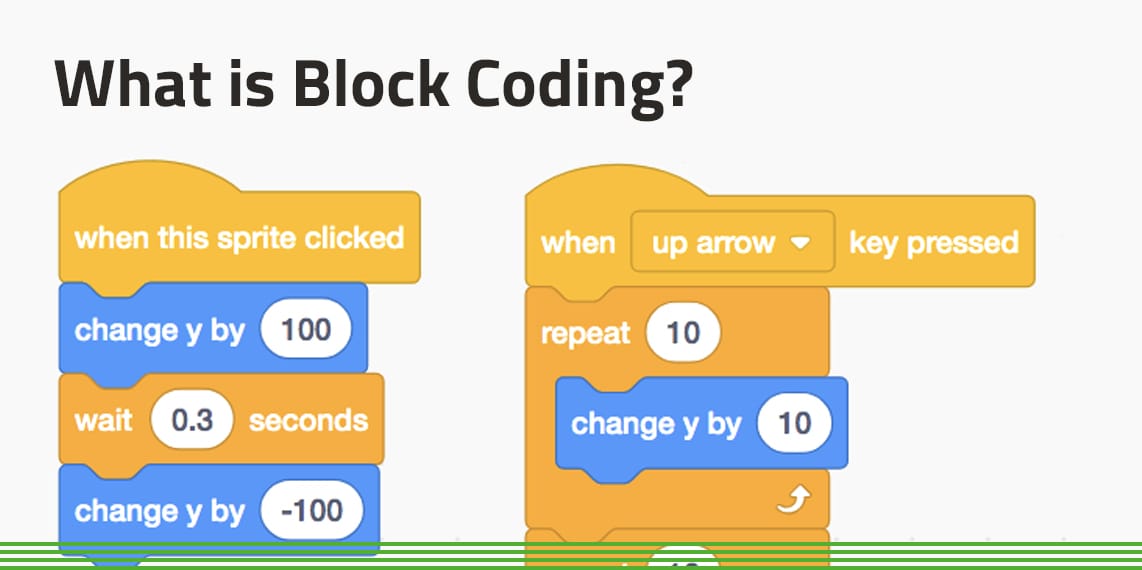
Visual Block Coding: Intended for elementary school kids block coding utilizes colorful blocks in order to build programmable scripts. This approach is highly intuitive because it allows the avoidance of typing something and the possibility of making a syntax error which a beginner might easily do.
There are a number of platforms including Scratch, Blockly, and code.org, which use block codes for foundational characteristics regarding the loops, conditionals, variables, etc that facilitate the identification of the flow of the program.
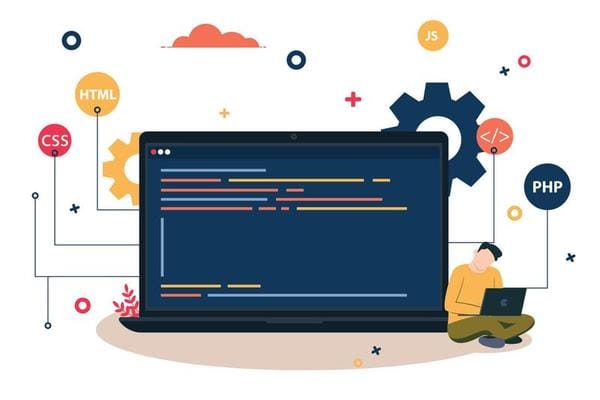
Text-Based Coding: Children aged 10 and above, can comfortably code in a textual-specific language like Python, JavaScript, or Java, where the children type in commands. Text-based coding is slightly more rigid but provides a range of autonomy that gives learners more foundation information such as structures (arrays, lists), algorithms, and functions.
To enhance efficiency you can use such platforms as CodeYoung and Tynker which offer more structured lessons in such text-based different languages as well as enable them to design more unique programs and applications.
Advantages of Visual Block Coding

Visual block coding is definitely more beneficial for new learners, and in particular, kids. It has a simple and clear design where children can write programs by dragging and dropping the pieces of code, so it doesn’t matter how bad they type or what’s wrong with grammar. This makes learning not a boring and scary task but rather easier for the kids while also being introduced to some of the most important concepts in programming such as loops, conditional statements, and variables.
Block coding also reinforces fun as children can devote their time to dealing with concepts instead of the mechanical procedure of accomplishing them. Scratch is a popular example of a project-based websites, and Code.org presents learners with fun projects so that they can learn the basic blocks of coding.
When to Transition to Text-Based Coding

While using visual block coding to make code logic and problem-solving easy, children can begin with text base when they are 10 years old or when they understand the basics of coding. Text-based coding appears to be more liberal, allowing learners to develop more comprehensive and advanced models. It also brings syntax and programming rules, enabling them to understand languages e.g. Python or JavaScript.
The transition should be progressive, beginning with plain projects in the digital text environment, to enable kids to experiment with other programs, such as data structures and algorithms.
Engaging Teaching Methods for Kids

Teaching mentoring of code for kids requires the use of fun and exciting approaches. Attractiveness can be created through action-oriented exercises such as coding games and other projects that would make the kid incited. There are great programs like Scratch through which students can develop their game or even animation and at the same time learn fundamental coding skills.
Teaching in pairs/groups is also useful; it assists the students in learning with their fellow pupils. Any effort to complete a story in coding lessons will help a child appreciate how coding works in everyday life. I would also like to state that sufficiently developing gamification of the learning process through achievements and tasks will engage the kids and keep them interested in coding.
Assessing Progress and Providing Feedback

Great emphasis should be placed on giving feedback as this helps the learners in the determination of success in achieving their goals. That is why it is appropriate to use quizzes or even project presentations to check students’ knowledge of coding processes. A lot of the tool inside Code.org or Tynker comes with inbuilt assessments which help educators monitor progress over some time.
Specific feedback regarding performance delivered before or after a specific task increases children’s awareness of what they do well and what they could do better. Praising effort and persistence, not the result promotes a growth attitude and desire to continue learning …
We do not exclude simple achievements like finishing the set of levels of a game or accomplishing a certain number of lines of code – it is the encouragement of a positive learning atmosphere and engagement of students.
Encouraging Lifelong Learning in Coding

In order to nurture coding passion we must therefore begin developing curiosity and passion for technology in children. Children should be introduced to a variety of learning tools and resources like online courses, coding clubs, or communities where they learn after school. Talk about the necessity of being updated regularly with the latest technological trends and new programming languages since the tech sector is constantly developing.
Ask children to carry out projects of individual interests, contribute to an open-source project, or engage in coding challenges for enhanced learning. Developing an organizational culture and climate that will embrace, encourage, and reward innovation and learning makes it possible for learners to engage in a continuous process of learning in coding and other related fields.
Conclusion
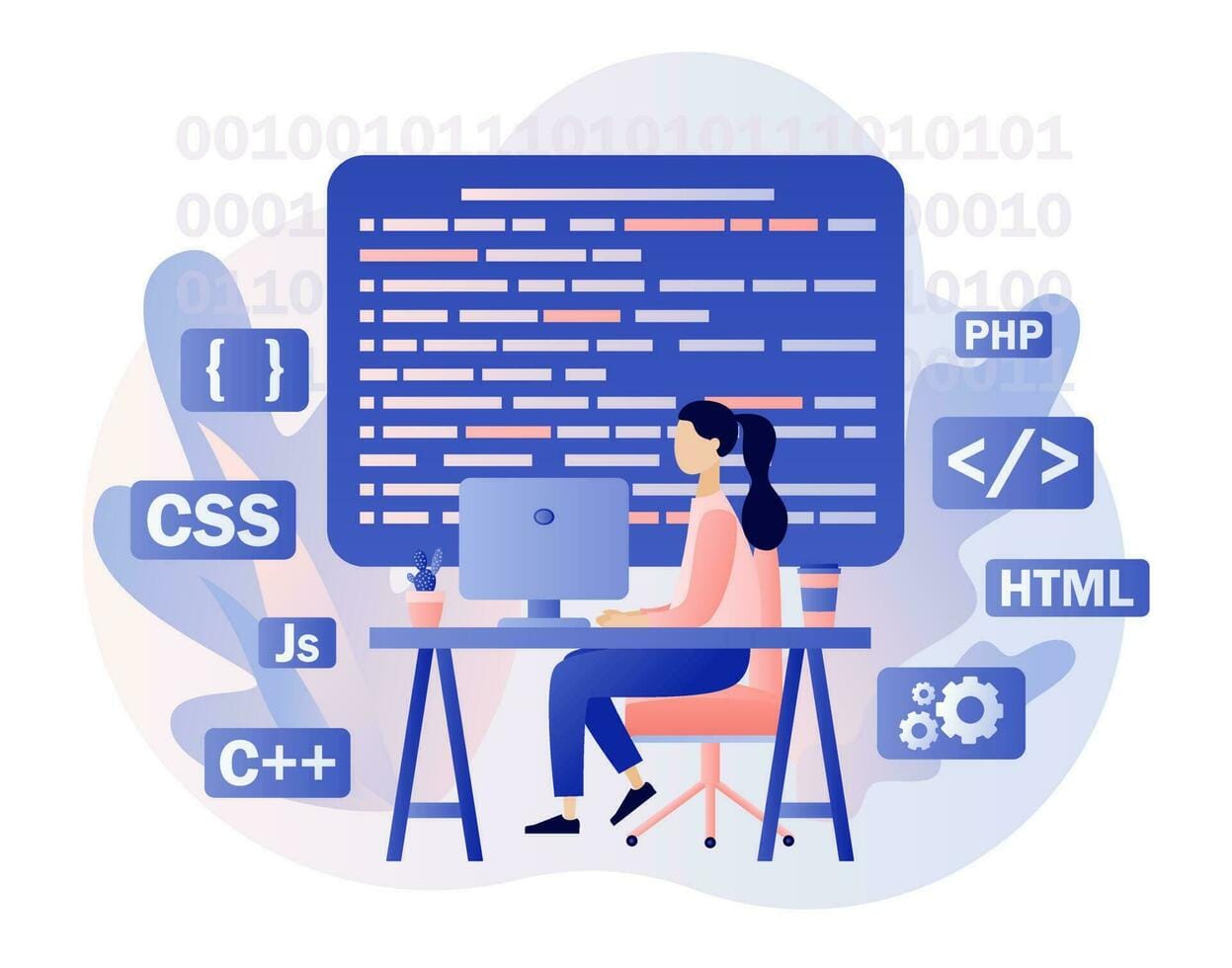
Coding is the dominant skill that requires mastery to break the cycle of children being users of technological products. Teaching the kid to code would not be boring when we introduce more colorful coding concepts like visual block coding which is fun to do. Transitioning from icon-based coding to restricted text-based coding increases the chances for investigation as well as mastering other qualities as they age.
Evaluating and giving feedback enhances understanding and cooperation to change hence modeling a positive learning environment while the curiosity and adaptation to learn new codes for a lifetime creates a culture of modeling. Parents and educators alike have the responsibility of preparing the generations coming after to fit in a world that has simplified many aspects through technology. It is time to motivate them to consider coding useful in the future!
How To Teach Coding To Kids - FAQs
How does learning to code influence a child's creativity and logical thinking?
Coding also helps the brain develop estimates and improve both abstract style and logical fundamental reasoning in a child. Coding projects include game designing and animating and therefore come in handy by enabling kids to come up with so many ideas of their own.
At the same time, coding allows problems to be solved in stages and develops logical thinking. Through solving coding challenges, children build up logical thinking and learn how to arrive at an actual solution systematically.
What are the best free coding tools and apps for teaching kids to code?
Among the top free educational tools are Code.org with tutorials; Scratch with game design; Blockly with blocks approach; and Khan Academy offering JS, and HTML & CSS courses. These are easy to use and created for common people with the purpose of making coding to be as easy as possible.
What beginner coding projects can kids create to practice their new skills?
The children can do such project works as a game in Scratch, an individual webpage in HTML/CSS, or a simple chatbot in Python. These projects tie into the coding concepts, while at the same time encouraging imaginative and logical abilities. This prevents my expertise from getting into decline and the projects they undertake make learning coding a fun and productive affair.
How does coding education promote inclusivity in STEM fields?
Coding education enhances learning since children of any type of background or disability will be able to learn important skills from the lessons provided. Sites like Scratch and Code.org are purposely general in order to invite everyone. Also, coding initiatives do promote the recruitment or engagement of girls or underrepresented groups in STEM, and thereby reduce/eliminate ‘gender imbalance’ among techs.
What are common challenges kids might face when learning to code?
Some of the challenges encountered are Irritation in debugging which may occur when solving a problem, difficulty in understanding concepts that are abstract in nature and this last one is motivation. Children can become stressed by the complicated problems.
In order to avoid these challenges, offer practical coding practices, concrete, well-explained instructions, and make programming language entertaining. Celebrate what they have produced as this is a way of reinforcing their confidence for more work, and also encourage teamwork in that even when they are coding they should work as a team.
Comments
Your comment has been submitted successfully!